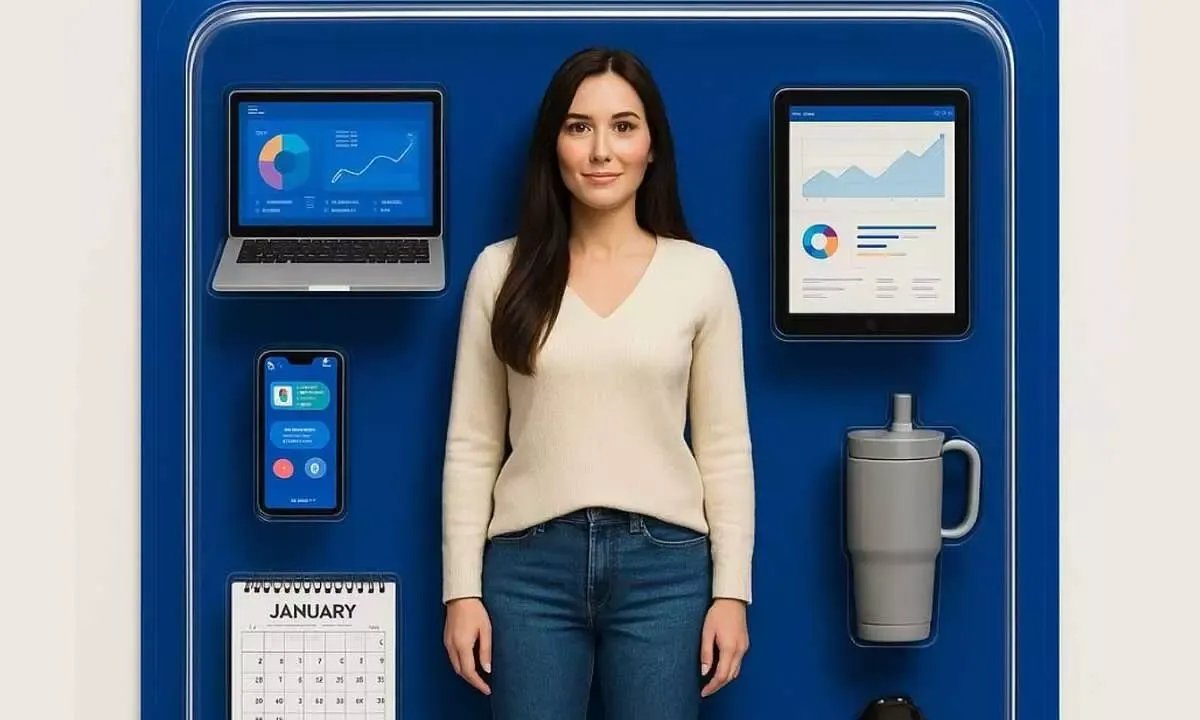ChatGPT is transforming LinkedIn users into real dolls. The latest iteration of ChatGPT's image generation capabilities has made a remar...
 |
| ChatGPT is transforming LinkedIn users into real dolls. |
Now, LinkedIn users have embraced a novel creative application - transforming their professional portraits into AI-generated toy figurines.
This emerging trend has manifested in several creative variations, with the "AI Action Figure" concept proving particularly popular among LinkedIn's professional community. The standard format features a plasticized version of the subject packaged in a blister pack alongside career-appropriate accessories - typically including a laptop, business literature, and a coffee mug.
Alternative interpretations have emerged that mimic specific toy packaging aesthetics, such as the "Barbie Box Challenge" format that replicates the iconic doll packaging.
While originating on LinkedIn, the trend has begun migrating to other major social platforms including Facebook, Instagram, and TikTok. However, its current traction remains significantly below the viral scale achieved by the earlier Studio Ghibli art phenomenon, which continues to dominate search rankings for AI-generated content.
The Ghibli trend previously sparked debates regarding AI ethics, environmental impact, and intellectual property concerns - discussions that have yet to emerge around this newer trend, at least for the time being.
A distinctive characteristic of this figurine trend is the predominant use of ChatGPT as the generative AI platform of choice.
The text-to-image feature proved so overwhelmingly popular at launch that OpenAI implemented temporary restrictions on image generation capabilities and delayed access for free-tier users to manage server capacity. While this action figure trend may not reach the cultural penetration of its Ghibli predecessor, it reinforces ChatGPT's position as the AI tool capturing mainstream imagination.
The trend currently finds its strongest foothold within LinkedIn's professional community, particularly among marketing professionals and aspiring industry thought leaders, though engagement metrics remain modest. Some notable brands including Mac Cosmetics and NYX Cosmetics have experimented with the format, but broader celebrity and influencer adoption has been limited. Among public figures, Representative Marjorie Taylor Greene stands as one of the few early adopters from the political sphere to participate in this emerging AI trend.
The phenomenon raises interesting questions about digital identity and professional self-presentation in the age of generative AI, while demonstrating how quickly new applications can emerge from these rapidly evolving technologies. As with previous viral AI trends, its longevity and potential cultural impact remain to be seen as the technology continues to develop and permeate various aspects of digital culture.




